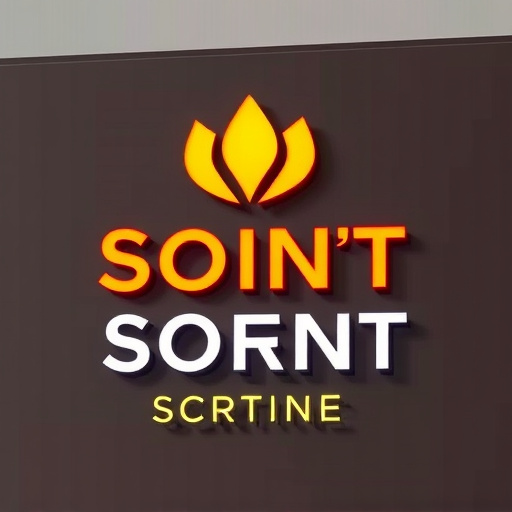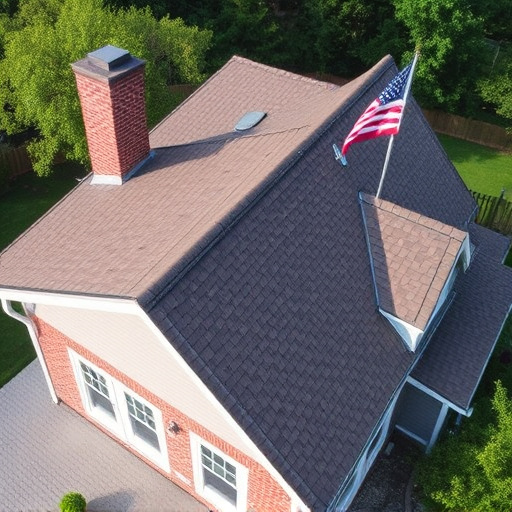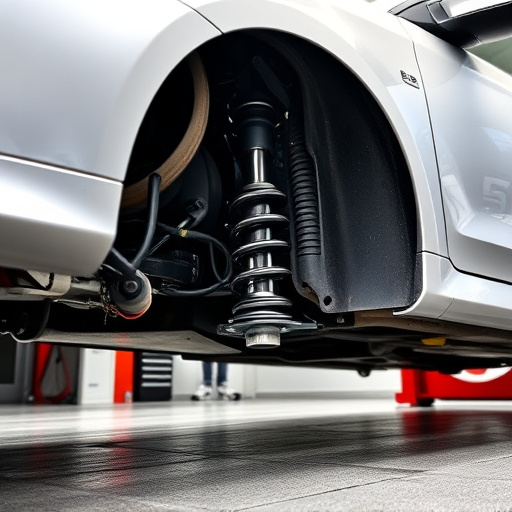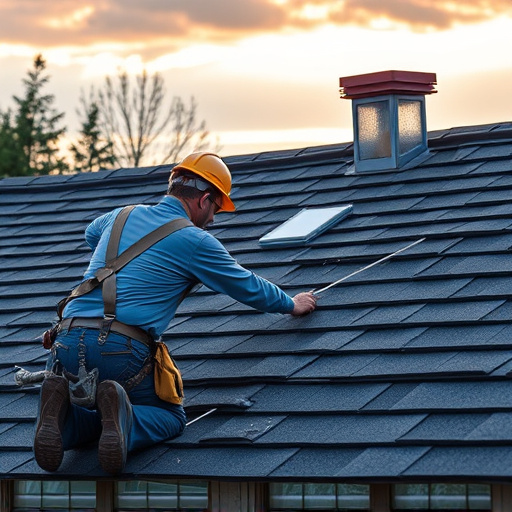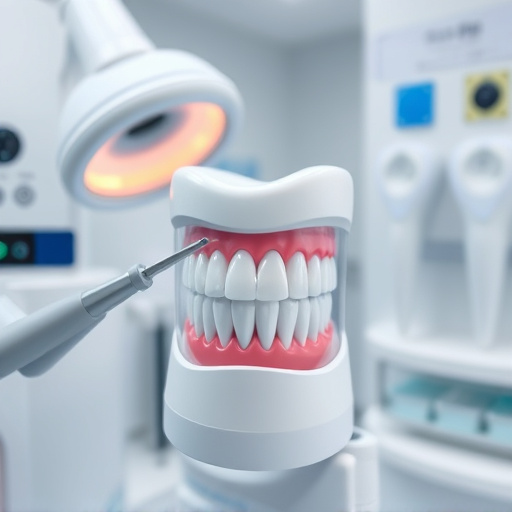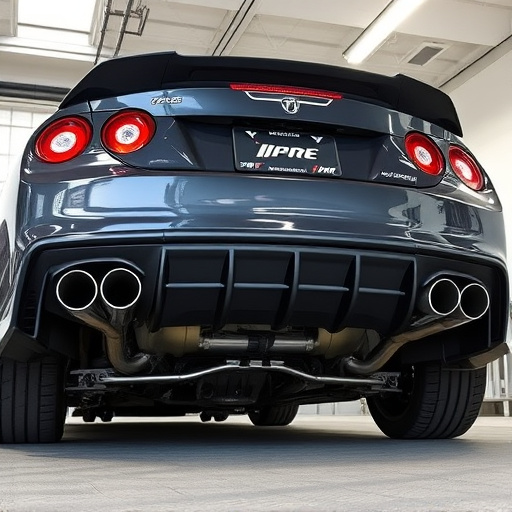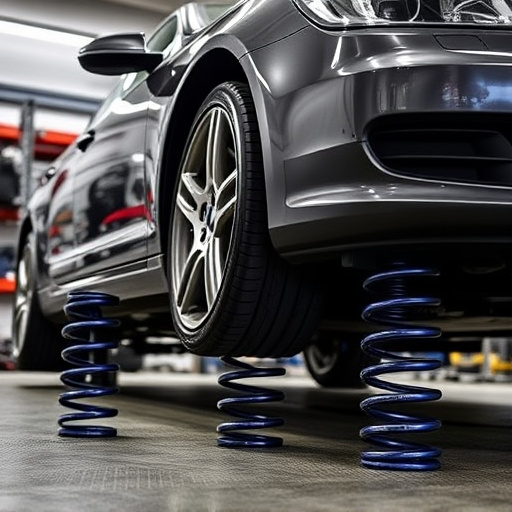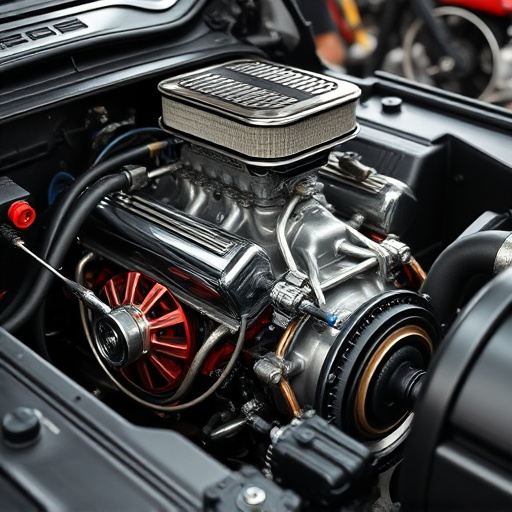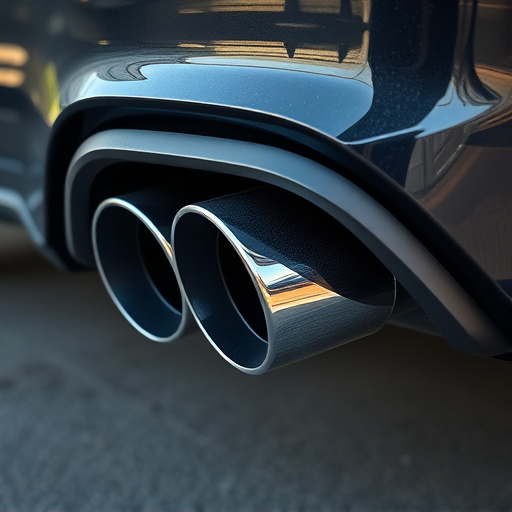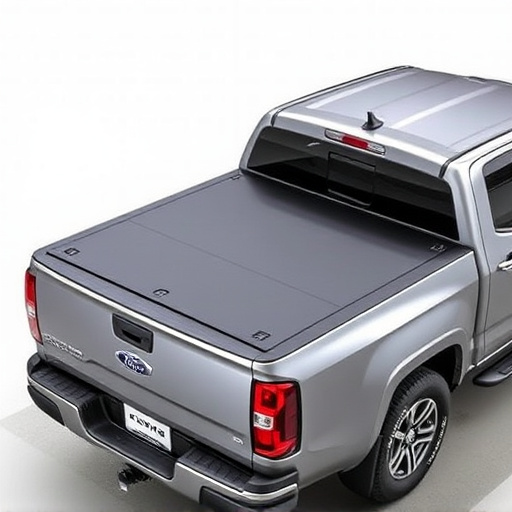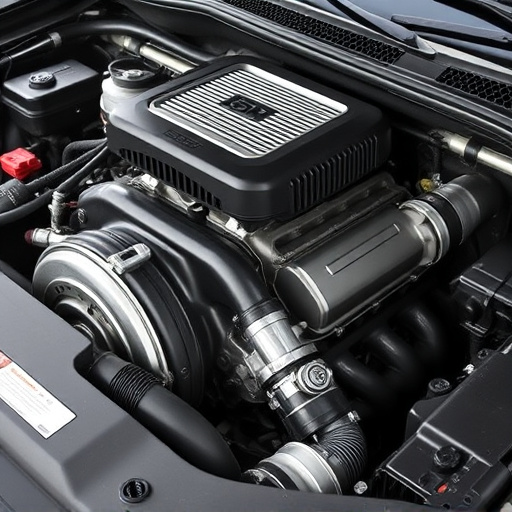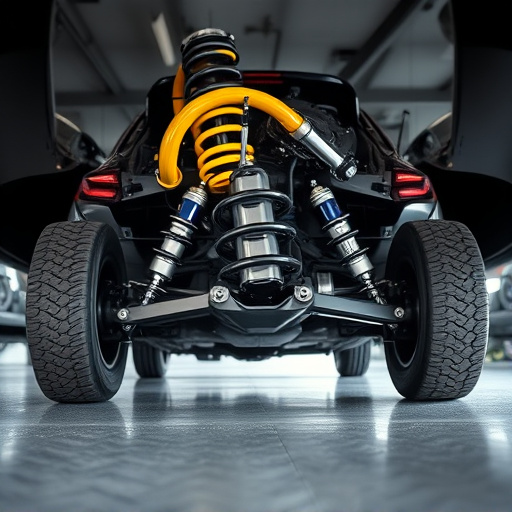Understanding performance air filters before installation is vital for engine enhancement and warranty validity. Consult owner manuals for compatibility, as different types require distinct maintenance. Correct installation, ensuring secure fitment and aligning with vehicle specs, is crucial for maximizing performance benefits of a high-performance air filter.
“Enhance your vehicle’s performance with a correctly installed high-flow performance air filter. This comprehensive guide delves into best practices, offering a step-by-step approach to ensure optimal engine efficiency. Learn how to navigate the process from understanding your specific performance air filter to avoiding common pitfalls during setup. By following these expert tips, you’ll unlock improved airflow and power, making every drive a smoother, more responsive experience.”
- Understanding Your Performance Air Filter
- Step-by-Step Guide for Installation
- Common Mistakes to Avoid During Setup
Understanding Your Performance Air Filter

Understanding your performance air filter is a crucial step before installation. Unlike standard air filters, these are designed to enhance engine performance by allowing more air into the combustion chamber. They often feature advanced materials and designs that enable efficient airflow while trapping harmful particles. Performance air filters can vary greatly in terms of types, from dry filters to oiled ones, each with specific maintenance requirements.
Knowing your vehicle’s make and model is essential as different cars may have unique filtering needs. Consult your vehicle’s owner manual for recommendations on the type, size, and placement of a performance air filter suitable for your car. Remember, improper installation of these filters could affect engine performance or even void warranty coverage, so ensuring compatibility is key before purchasing and fitting a performance air filter.
Step-by-Step Guide for Installation
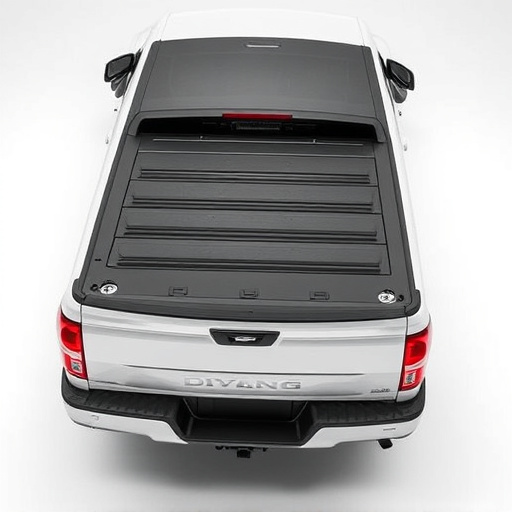
Installing a performance air filter can significantly enhance your vehicle’s performance and efficiency. Here’s a step-by-step guide to ensure proper installation:
1. Prepare Your Vehicle: Begin by washing and drying your car to ensure no dirt or debris contaminates the new filter. This is crucial, especially if you’re installing a high-performance air filter as part of an upgrade kit that includes suspension parts. Make sure the engine is cool before starting to work on it for safety purposes.
2. Locate the Air Filter: Most vehicles have their air filters in easy-to-access areas near the engine bay. Check your vehicle’s manual or do a quick online search specific to your model and year if needed. Once located, locate the mounting points for the filter housing. These usually include brackets and bolts. Remove any existing filters or covers carefully.
Common Mistakes to Avoid During Setup
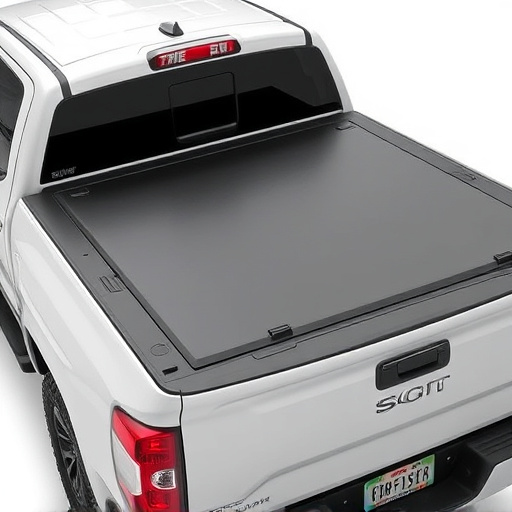
When installing a performance air filter, several common mistakes can lead to suboptimal results or even damage to your vehicle’s engine. One of the most frequent errors is neglecting to clean or replace the existing air filter housing and its surrounding components. It’s crucial to ensure that the new filter fits securely and seamlessly into place; loose filters can cause restrictions in airflow, negating the benefits of an upgraded air filter.
Another mistake to avoid is ignoring the compatibility of the performance air filter with your vehicle’s make and model, especially when modifying the exhaust system or suspension components. Improper fitments can lead to improper air-fuel ratios, affecting engine performance and potentially causing damage. Always double-check that the new filter aligns with your vehicle’s specifications, taking into account any aftermarket modifications, including performance exhaust systems.
Installing a performance air filter correctly is key to maximizing its benefits for your vehicle’s engine. By understanding your specific filter, following a detailed installation guide, and steering clear of common mistakes, you’ll ensure optimal airflow and improved performance. Remember, the right setup allows your engine to breathe easier, leading to enhanced fuel efficiency and overall vehicle health. So, whether you’re an auto enthusiast or a regular driver, investing time in proper installation pays off with a smoother, more efficient ride.
